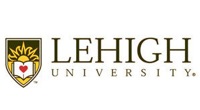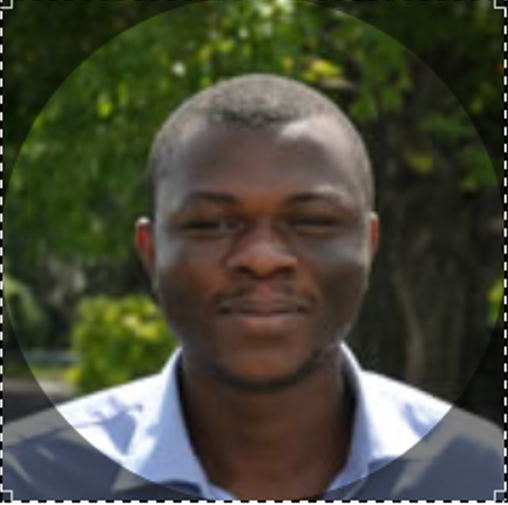Below is a summary of the abstract you submitted. Presenting author(s) is shown in bold.
If any changes need to be made, you can modify the abstract or change the authors.
You can also download a .docx version of this abstract.
If there are any problems, please email Dan at dar78@pitt.edu and he'll take care of them!
This abstract was last modified on March 16, 2021 at 11 p.m..

Comparative analyses of mycobacteriophage genomes reveals extensive genetic diversity in genome organization and gene content, contributing to widespread mosaicism. The evolutionary history of phages has been shaped by both homologous and illegitimate recombination mechanisms that drive horizontal gene transfer between phages and their bacterial host genomes. These mechanisms have largely been viewed as stochastic processes that occur given the presence of recombineering enzymes and sites of recombination. Relatively little is known about other factors that contribute to or drive recombination to effect genomic changes. We have discovered a prophage system within a Butters (cluster N) lysogen that constrains the outcome of infection by heterotypic phage Island3 (subcluster I1). We have previously reported that a Butters prophage provides defense against infection by Island3 (Mageeney et al., 2020). In an effort to isolate Island3 defense escape mutants, we isolated phages with recombinant genomes containing genomic regions of Butters and Island3 arranged from left arm to right arm as Butters-Island3-Butters (BIBs). Recombination occurs within two distinct homologous regions that encompass lysin A, lysin B, and holin genes in one segment, and RecE and RecT genes in the other. Structural genes of the mosaic BIB genome are contributed by Butters while the immunity cassette is derived from Island3. Consequently, BIBs are morphologically identical to Butters but homoimmune to Island3. 100% of plaques recovered from infections are BIBs. The certainty of recombination in this system implies that the underlying mechanism may be consequential for ultimately generating mosaicism within phage genomes. Several interesting hypotheses arise from these observations. (1) Butters prophage factors may promote recombination between the Butters prophage and the infecting Island3 genome. We are testing this hypothesis by assaying recombination outcomes following deletions of prophage genes expressed in a Butters lysogen. (2) Recombination occurs prior to Butters prophage induction. We will use CRISPR/Cas technology to generate defective excise in the prophage, thereby rendering the prophage cryptic and induction-deficient. The use of this engineered lysogen in infection assays with Island3 will allow evaluation of the relationship between prophage induction and recombination. (3) Similar to Butters, cluster N phages Kevin1 and Phrann share two regions of homology with Island3. Both Butters and Phrann defend M. smegmatis against Island3 infection (Dedrick et al., 2017) and we will determine if Kevin1 defends as well. Using plating efficiency assays with Island3 on Phrann and Kevin1 lysogens, we will determine if recombinants are generated. This work highlights potential selective pressures that may drive recombination events leading to genome reshuffling and templates for mosaicism that extend our understanding of phage genome evolution.

